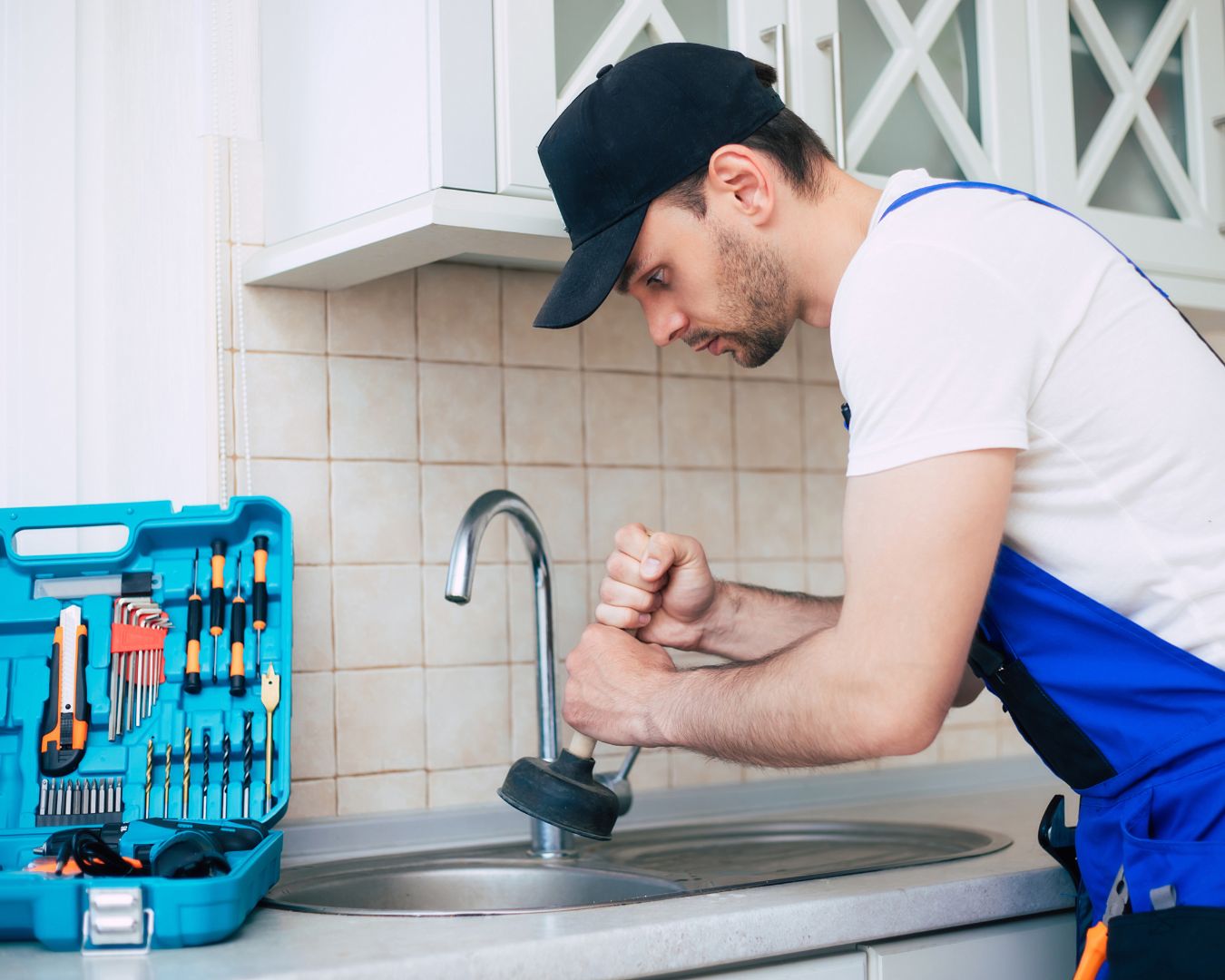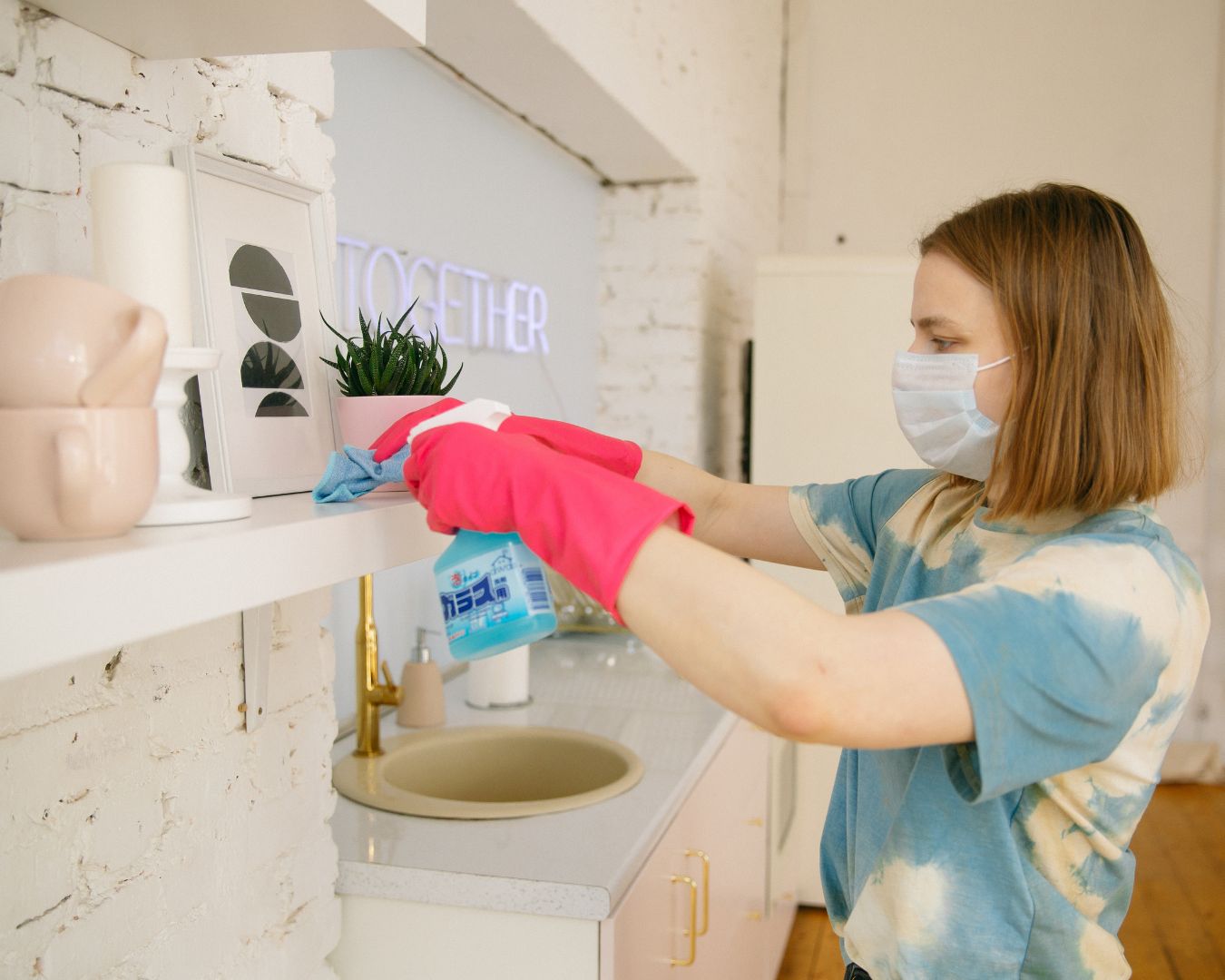Tips for Preventing and Cleaning Kitchen Sink Clogs
A clogged kitchen sink can be a major inconvenience, disrupting meal preparation and causing unpleasant odors. However, with a few preventive measures and effective cleaning techniques, you can keep your sink in top condition and avoid the hassle of stubborn clogs. Here’s a comprehensive guide to help you prevent and address kitchen sink clogs. Prevention Strategies 1. Use a Sink Strainer 2. Avoid Grease and Fat Disposal 3. Be Careful with Food Scraps 4. Regular Maintenance Cleaning and Unclogging Techniques 1. Use a Plunger 2. Try a Baking Soda and Vinegar Solution 3. Use a Plumber’s Snake 4. Clean the P-Trap 5. Use a Commercial Drain Cleaner 6. Call a Professional Plumber Additional Tips Preventing and cleaning kitchen sink clogs doesn’t have to be a daunting task. By following these preventive measures and cleaning techniques, you can keep your sink functioning smoothly and avoid the frustration of clogs. Regular maintenance and proper disposal practices go a long way in maintaining a hassle-free kitchen sink. Should issues arise, these tips will help you address them effectively and keep your kitchen running efficiently.



